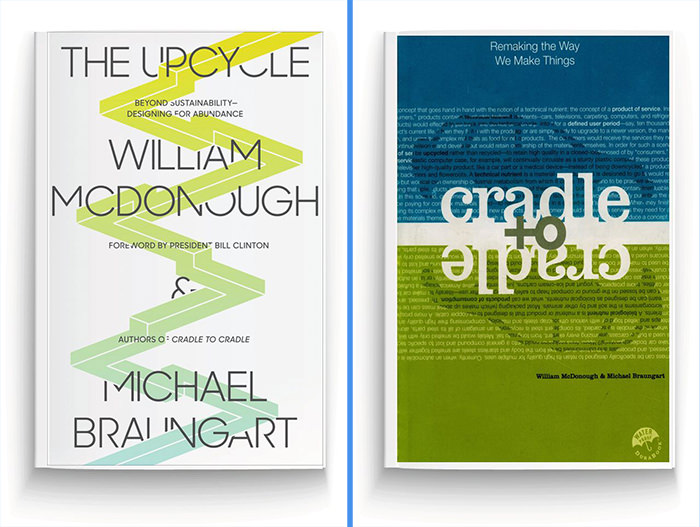

This is not only attractive for the players in these industries from an ecological point of view, but also from an economic perspective. The materials expertise of EPEA forms the basis for optimising products from molecular to modular level. Our aim is to establish the Cradle to Cradle® design principles for the circular economy in all industry sectors, including textile, packaging, automotive, buildings, consumables and cosmetics. The framework developed on this basis, the so-called “butterfly diagram”, is often referred to as a central framework for the circular economy. At the end of the service life, the various materials should - as far as possible - be disassembled, sorted and recycled for further use. This could mean, for example, that digital services enable the sharing of technical products, achieving considerably better utilisation or even a complete replacement by digital services.


The service life should be optimised and prolonged. Circular economy approaches can take effect in the various stages of a product’s lifecycle: Material selection and design should enable longevity, recycling and reparability or biodegradability. Circular economy strives to minimise negative environmental impacts through qualitative transformation coupled with the closure and deceleration of material cycles. The concept of the circular economy, which aims at an environmentally-friendly shaping of economic systems, is based on the Cradle to Cradle® principles. Recycling healthy and high-quality materials: Circular Economy powered by Cradle to Cradle®


 0 kommentar(er)
0 kommentar(er)
